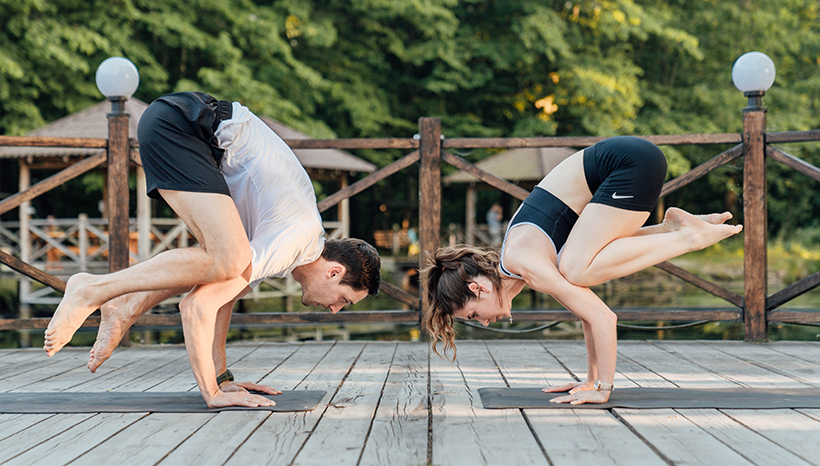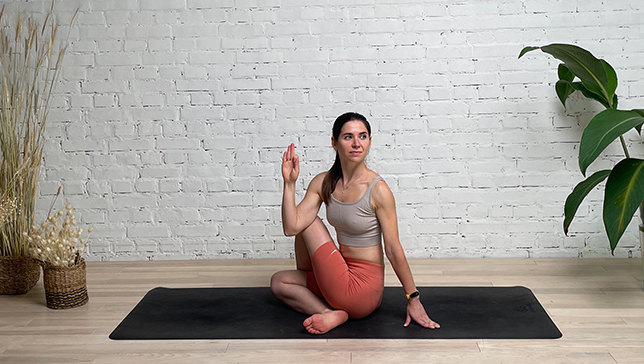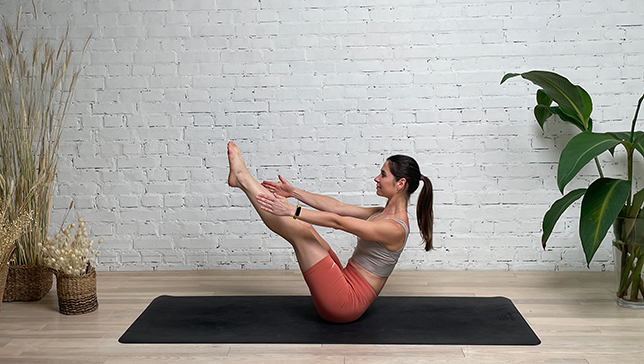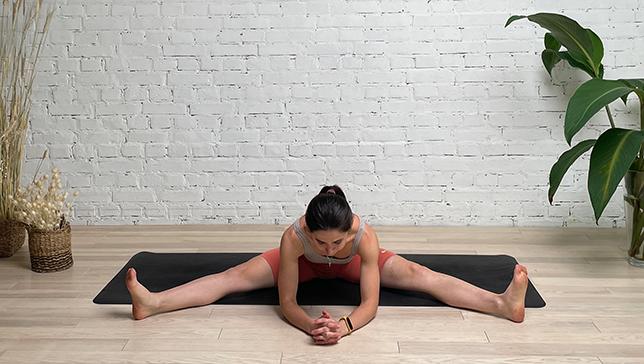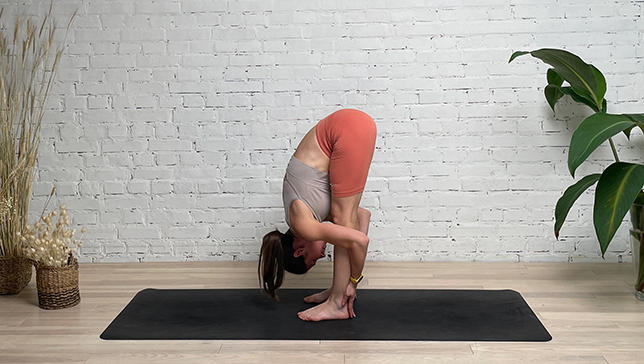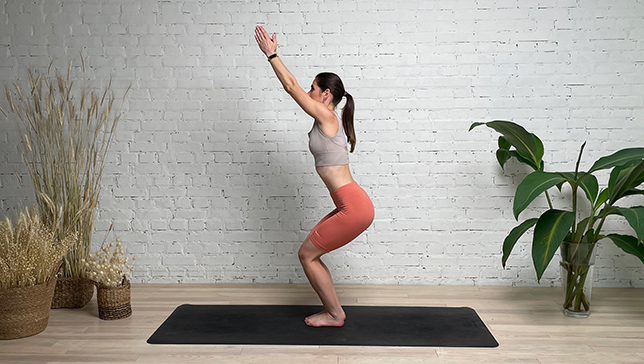Half Lord of the Fishes Pose or Ardha Matsyendrasana, is named after the great yogi Matsyendranath who founded Hatha Yoga. The English name, Half Lord of the Fishes Pose, comes from the Sanskrit words 'ardha' = 'half', 'matsya' = 'fish', 'eendra' = 'king'. This yoga pose has other variations and can be referred to as Half Spinal Twist Pose or Vakrasana (which means twist).
This yoga pose usually appears as a seated spinal twist with many variations and is one of the twelve basic yoga poses (asanas) in many systems of Hatha Yoga. In this yoga pose the spine gets its maximum twist at the upper back with the thighs placed over each other and with the support of the arms the torso gets its twist.
